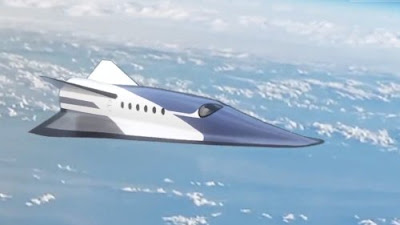Orbiting Space Solar Power - A Game Changer
24/7 Clean Energy Source From Space
Source: Caltech Solar Space Project
Wireless Energy Transfers Beamed From Space
The concept is brilliant and it goes back to the 19th century when the great innovator Nikola Tesla mused about a "wireless energy transfer". Now in the 21st century, California Institute of Technology (Caltech) researchers are developing a system of wirelessly beaming solar energy from outer space to Earth. They envision the launch of huge numbers of tiny solar panels into outer space where the Sun never sets. The panels would beam back to Earth solar energy 24/7. It has the potential of being a game changing source of clean, green energy for worldwide distribution. According to lead researcher Michael Kelzenberg of Caltech, the unique beauty of space solar power is its ability to deliver huge quantities of solar energy both day and night.
Testing Starts in 2022
Space solar power is not a dream for the distant future. Caltech researchers intend to start testing the system in 2022. They are being funded, in part, by a more than $100 million research gift from the Chairman of the Irvine Corporation Donald Bren, who is also a member of the Caltech board. The focus at the moment is to reduce the component mass of the orbiting solar panel system more than 10 to 100 times to allow for reasonably priced manufacturing and launches.
New Solar Technology
The Caltech team is developing airy, lightweight mini solar panels that look like tiles. They advocate launching large numbers of them. Each tile harvests solar energy and combines to form a gigantic solar farm floating around the Earth. The energy would be beamed to Earth via microwave radiation and would be collected by antenna in huge solar fields. It then would be sent to the grid for widespread distribution.
What Could This Mean For Climate Change?
Experts say it could be a game changer. At the onset of deployment solar space power won't rapidly decarbonize the Earth's energy system. But it would help achieve the goal of the Paris Accords to cut global warming to below 2 degrees Celsius (3.6 degrees Fahrenheit) by the end of this century. Incredibly it holds tremendous potential for being the start of Nikola Tesla's dream of wireless energy transfers to power the Earth. To take a look at many more new innovations, go to https://read.amazon.com/kp/embed?asin=B09K6TJ8YX&preview=newtab&linkCode=kpe&ref_=cm_sw_r_kb_dp_4D7FZE6AGX0F8ZMKMCXH
... ...






Comments
Post a Comment